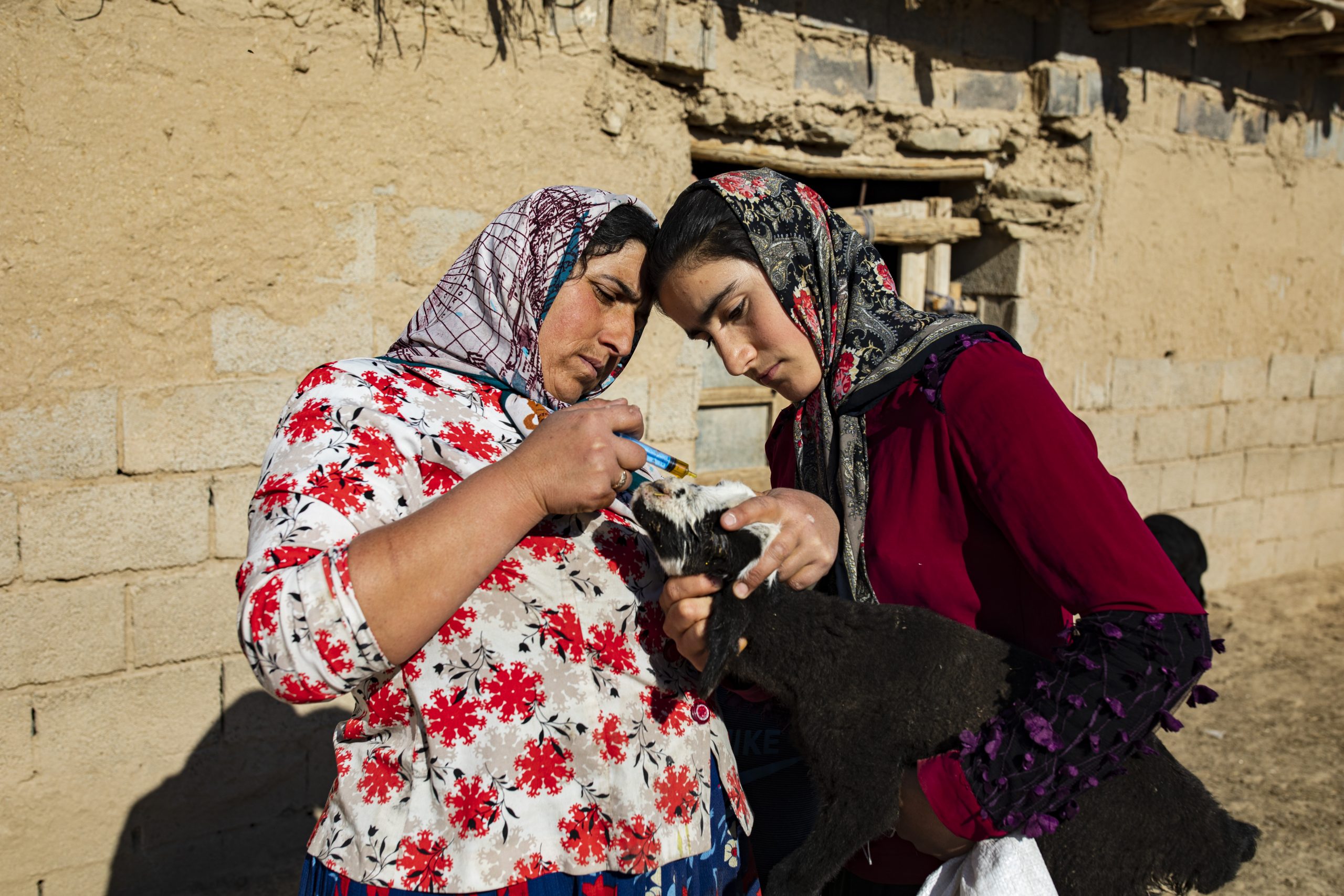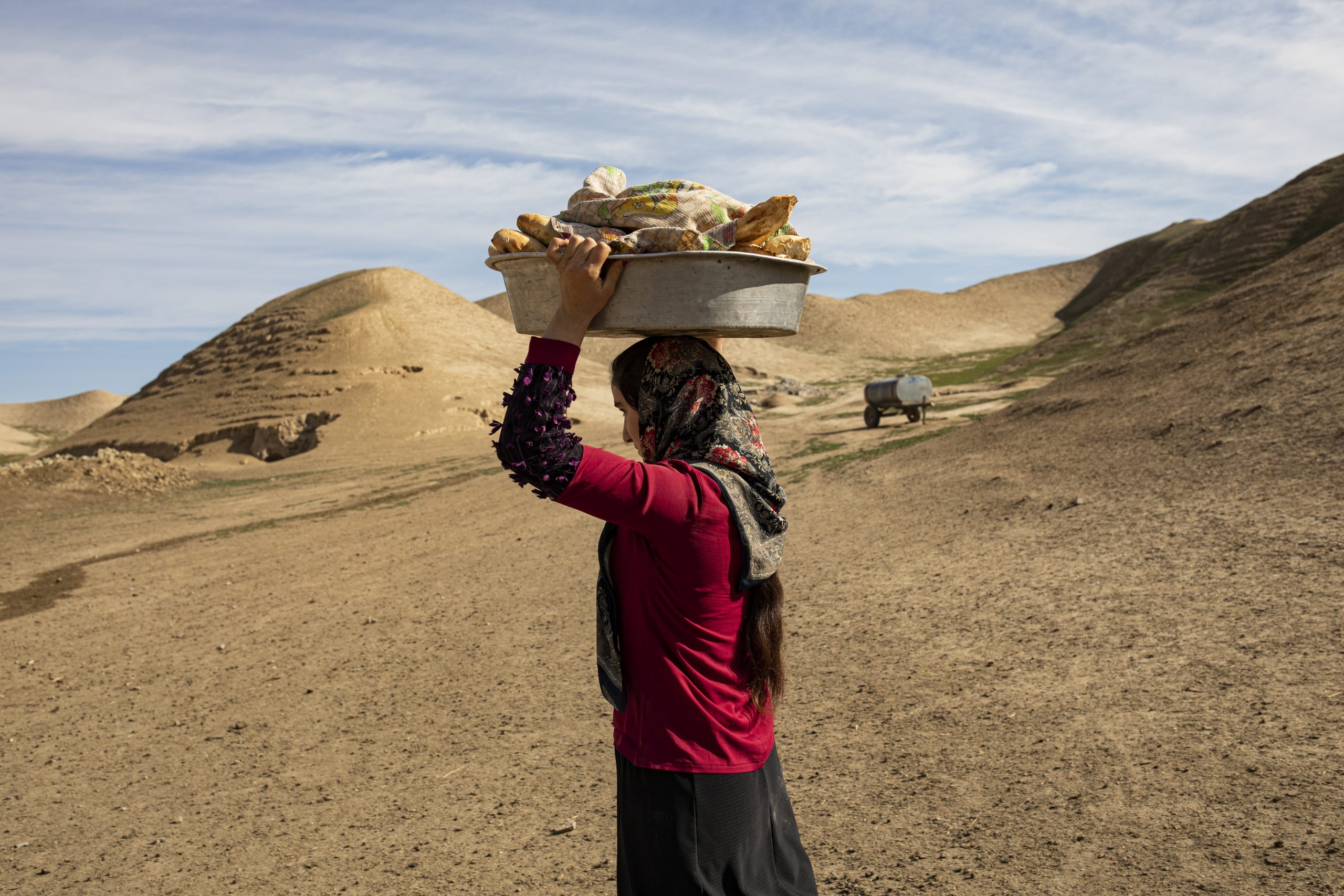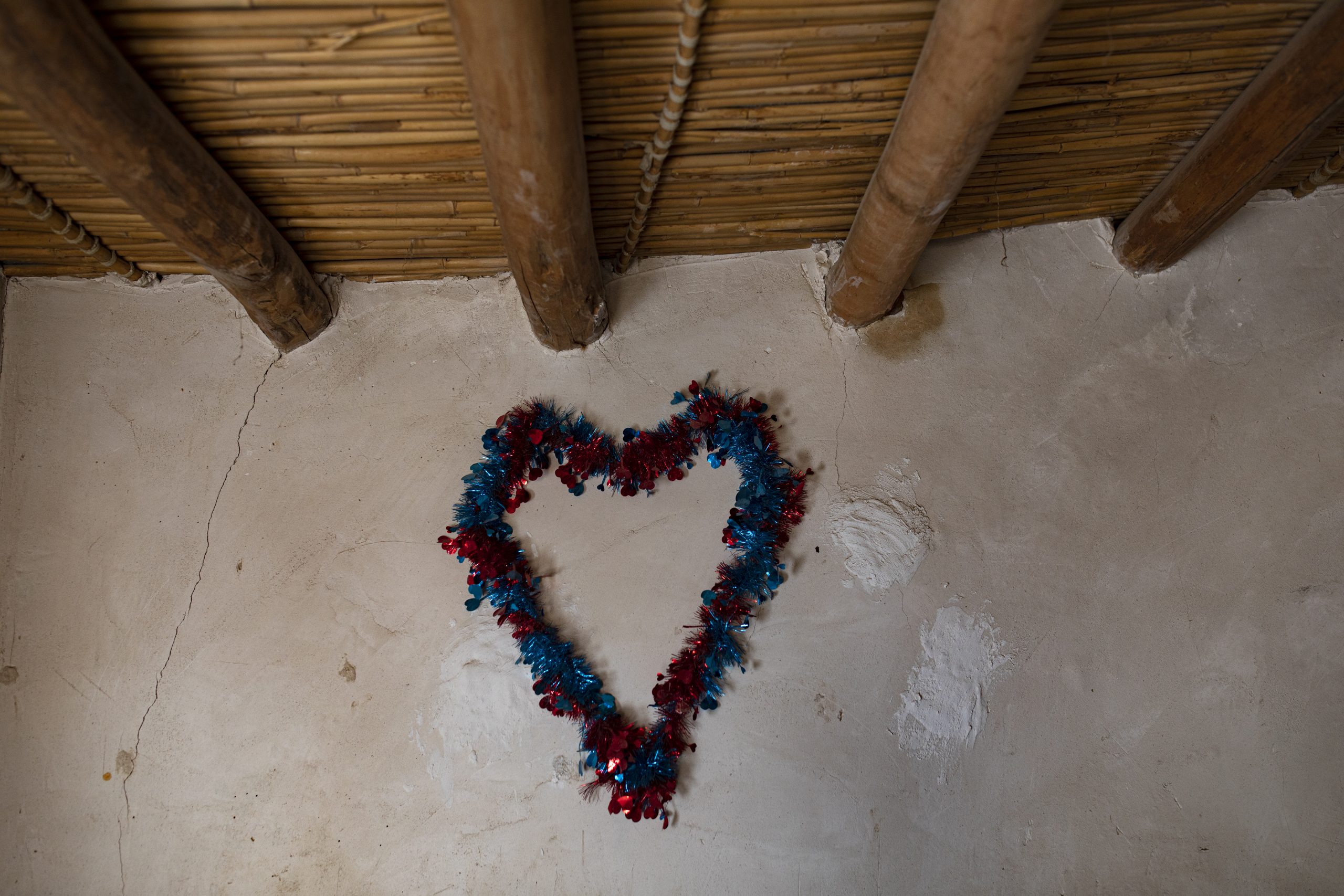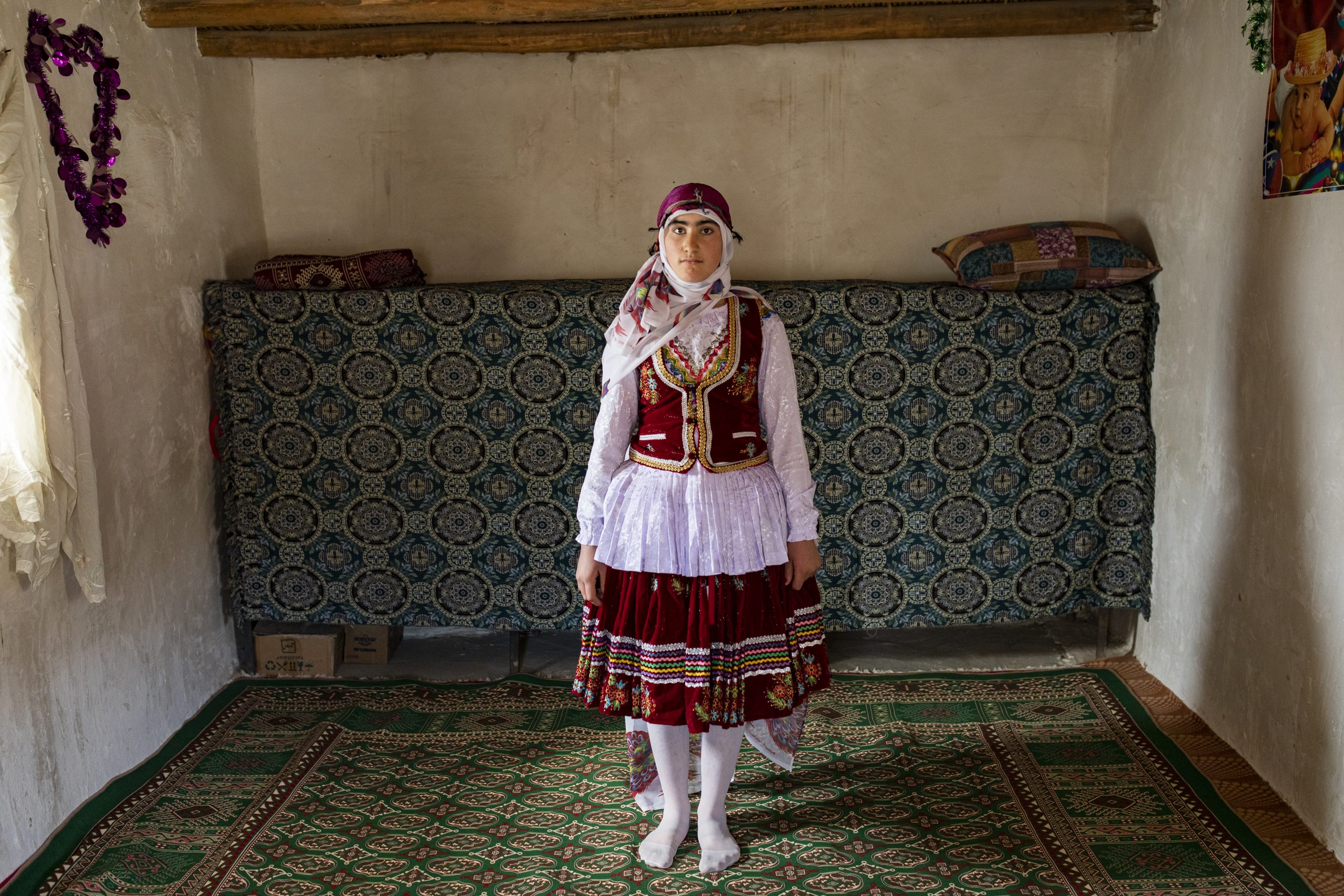
Throughout the history of the Middle East Kurdish people have been known for their bravery, honour and courage as warriors. Therefore, they have a prominent position in the region, which has led the kings, sultans and caliphates of that time to target and use the Kurds to protect and develop their borders and stabilize the entity of their empires.For that matter, they have often been exiled and forced to emigrate with many examples in the Ottoman and Iranian empires.
Four centuries ago, after the Chalderan war and the Safavi’s defeat against the Ottomans, the Kurds were gradually and forcibly displaced. More than 50,000 families from the Khurasan Kurmanji spearheaded to the eastern borders of Iran in order to protect the borders against the Uzbeks who then intended to occupy the area. After the end of the wars, the displaced Kurds were stuck in those borders and were not able to return to their territory, their descendants have been living in northern Iran and near the border of Turkmenistan ever since.
In this art project, I will study some of the consequences of this forced exodus that has been imposed on some Kurdish families by the Safavis in Iran. It has been a matter of reflection for me that throughout these centuries of forced migration, although many of their traditions have changed, they still speak Kurdish and Kurmanji and their clothes have changed in a way that does not look like Kurdish clothing. It is a mixture of Turkish clothing and Persian clothing. In general, they live an unstable and immigrant life and many of whom are engaged in husbandry. These Kurds still do not consider themselves as owners of any place and have a simple and difficult life, which is certainly the result of separation from their homeland.
In my opinion, this issue deserves to be investigated and worked on, so it is vital to examine more about them and make it one of my projects. I have now dedicated this artwork collection to this matter and this is part of a larger and wider incomplete project, which will be an attempt to introduce and demonstrate the suffering and sorrows of these Kurdish families and the effects of this exodus on their culture, language and traditions.
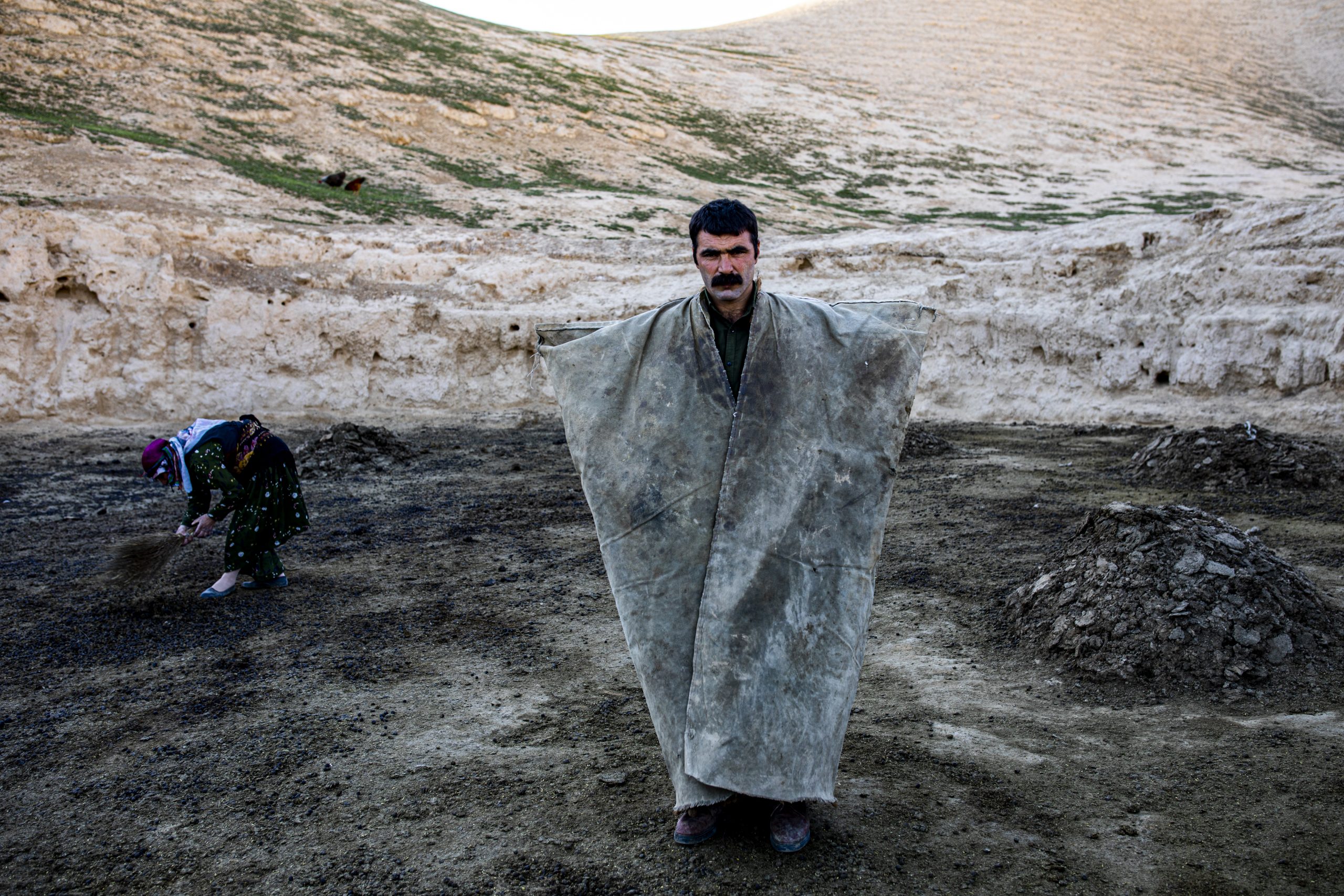
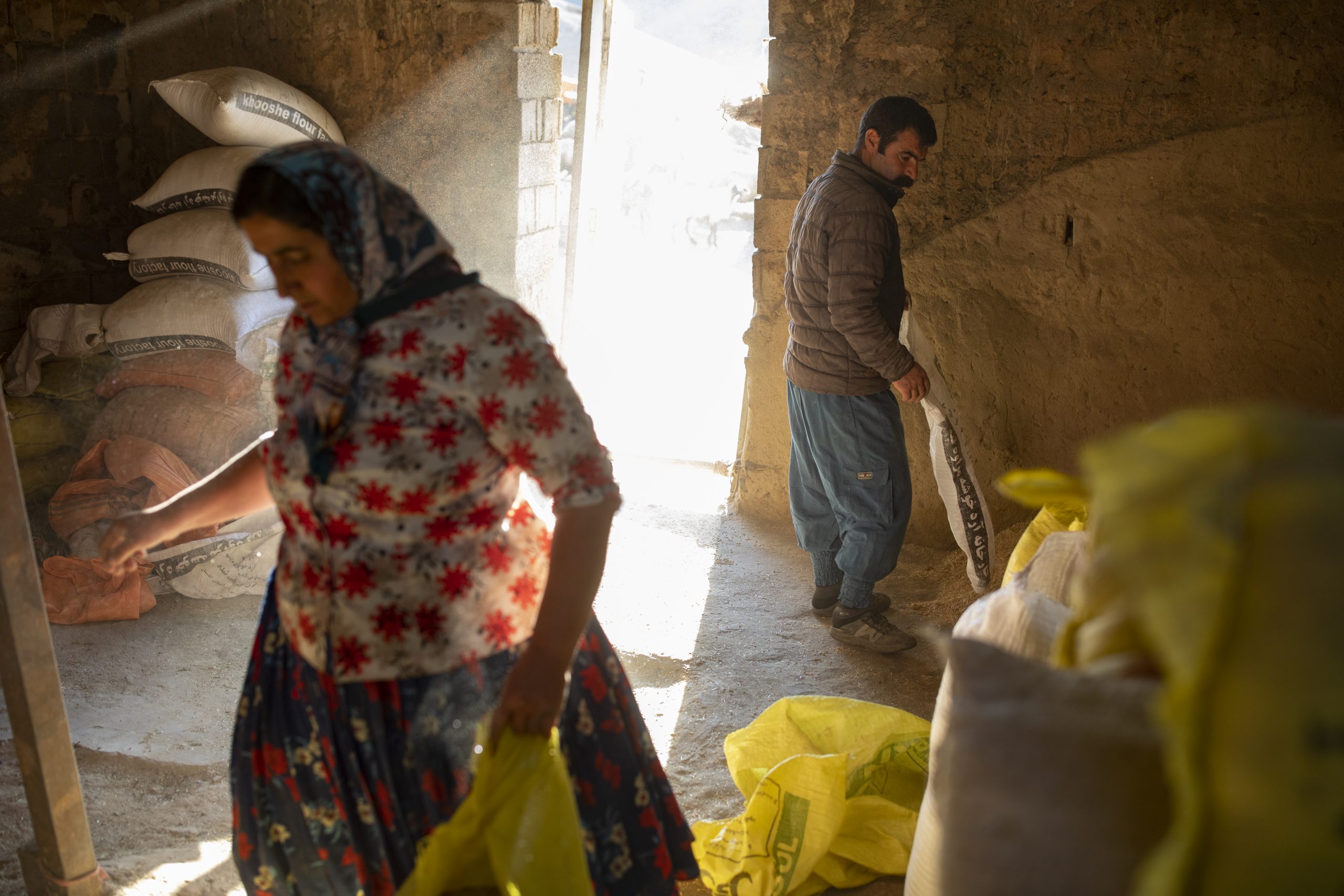
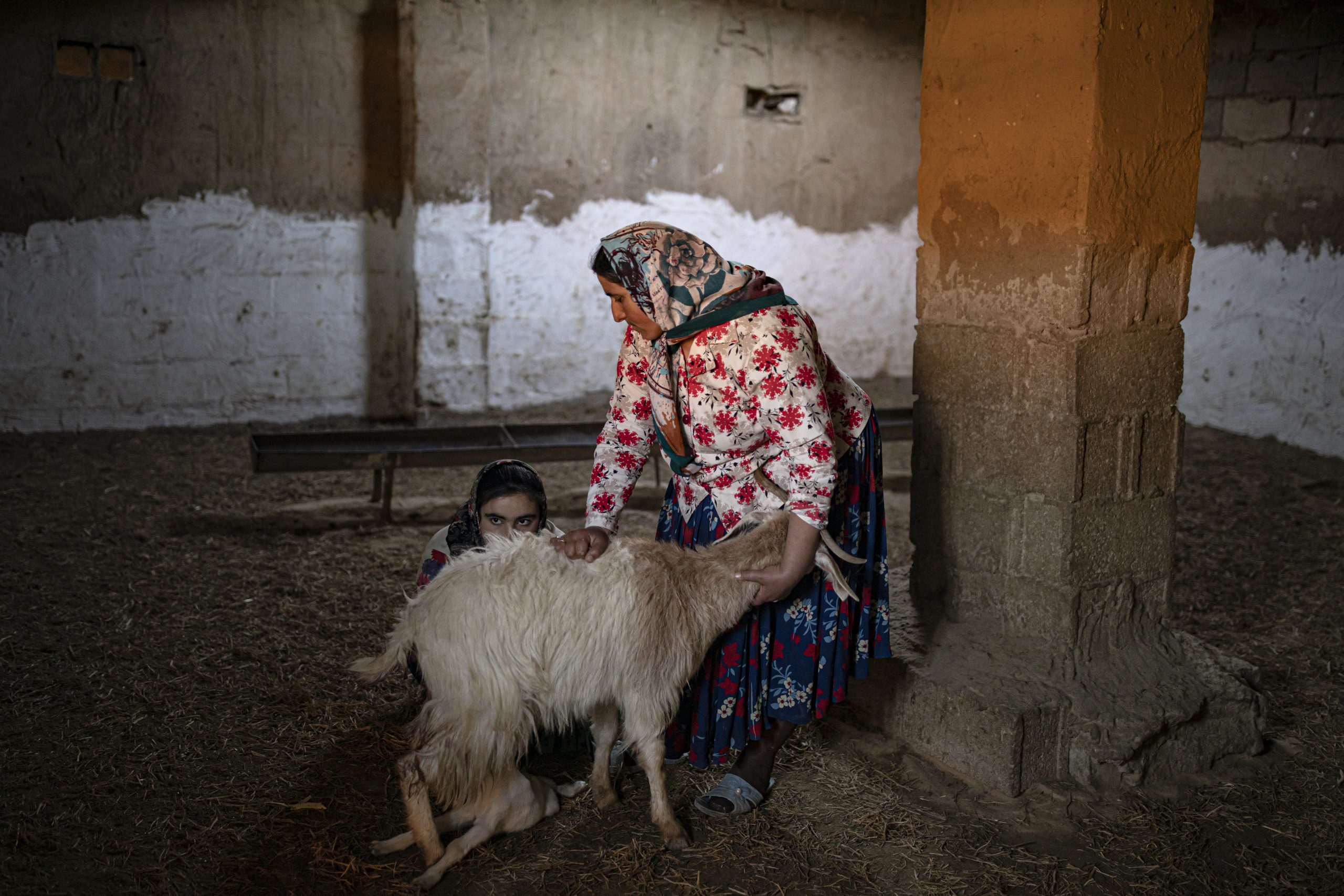
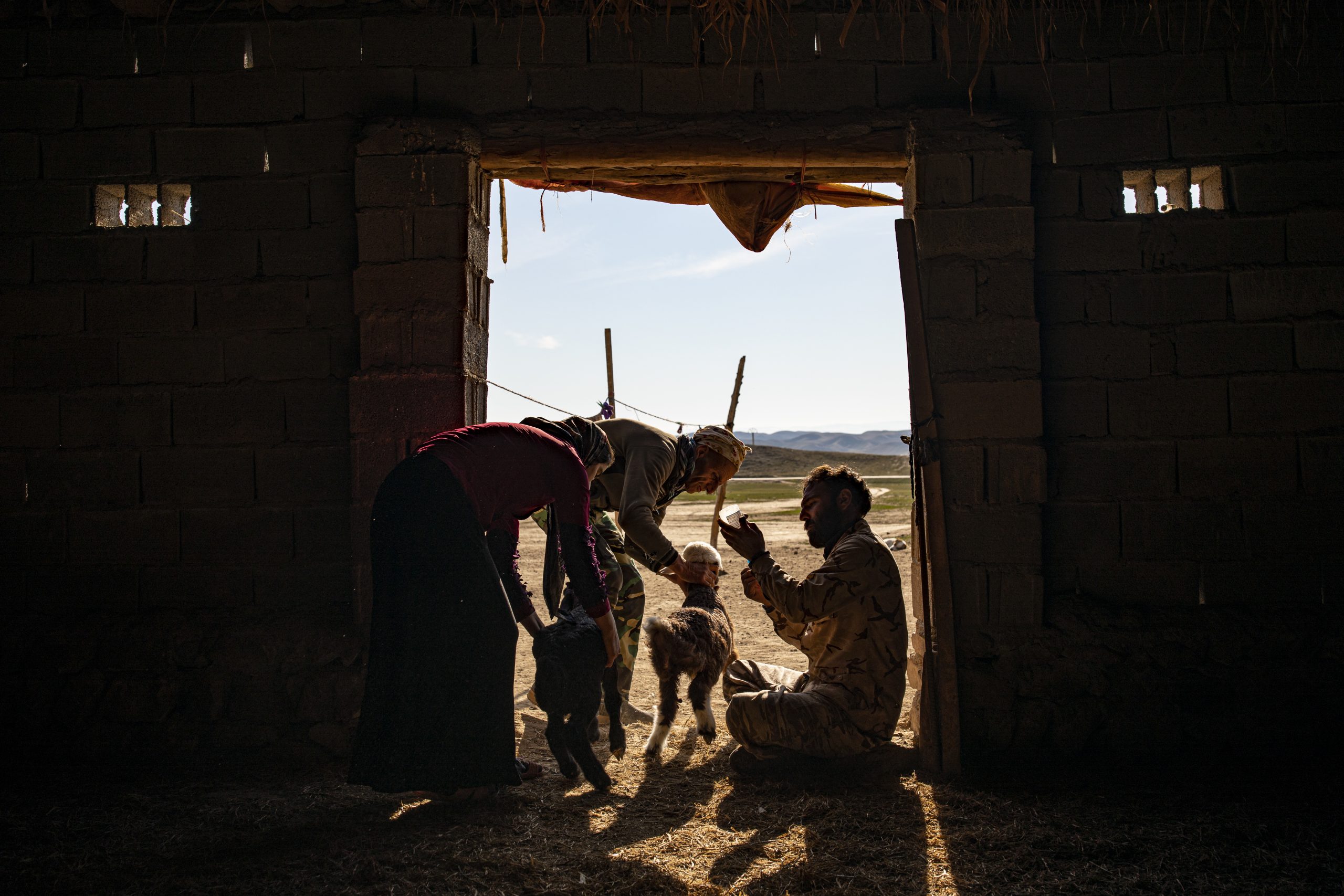
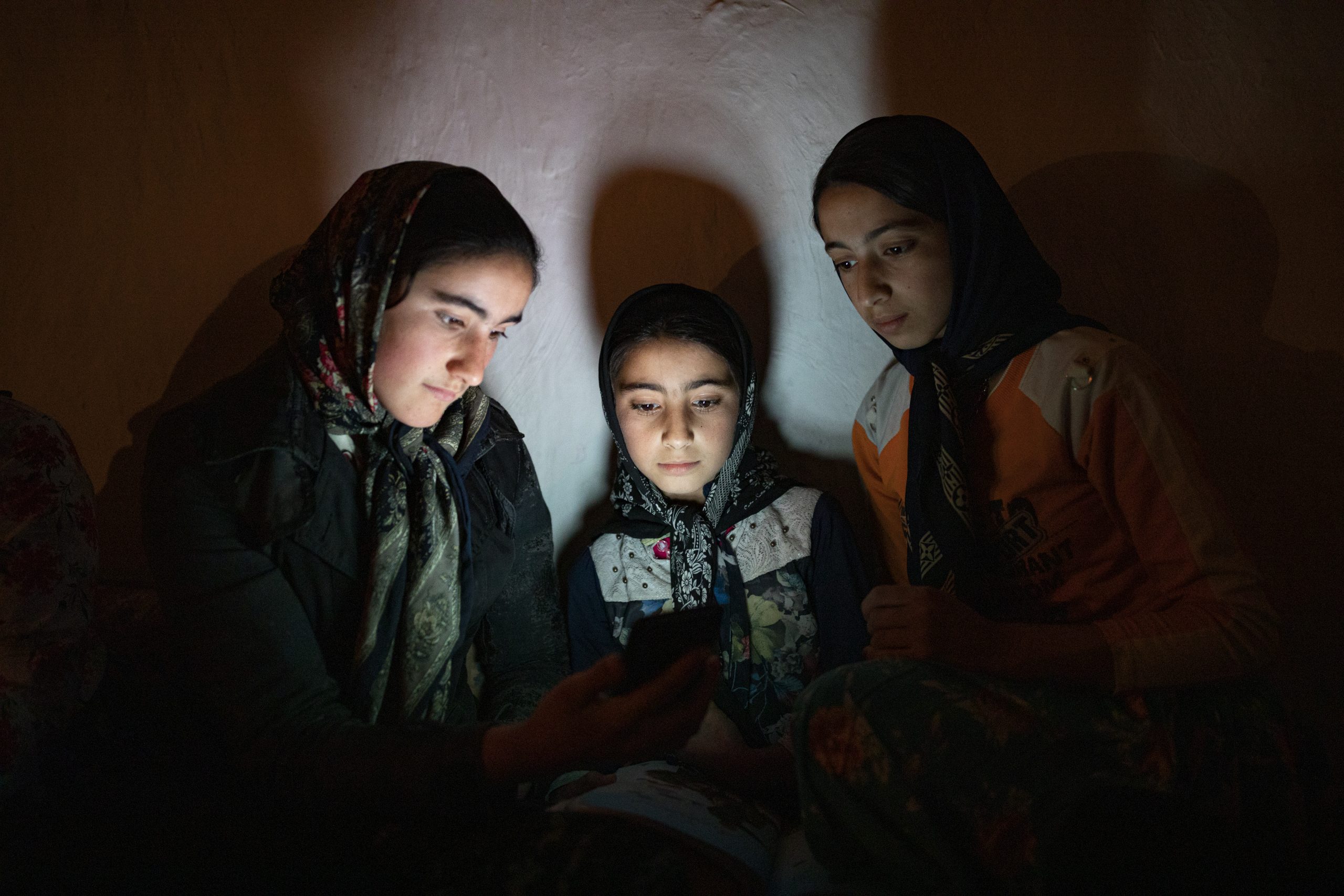
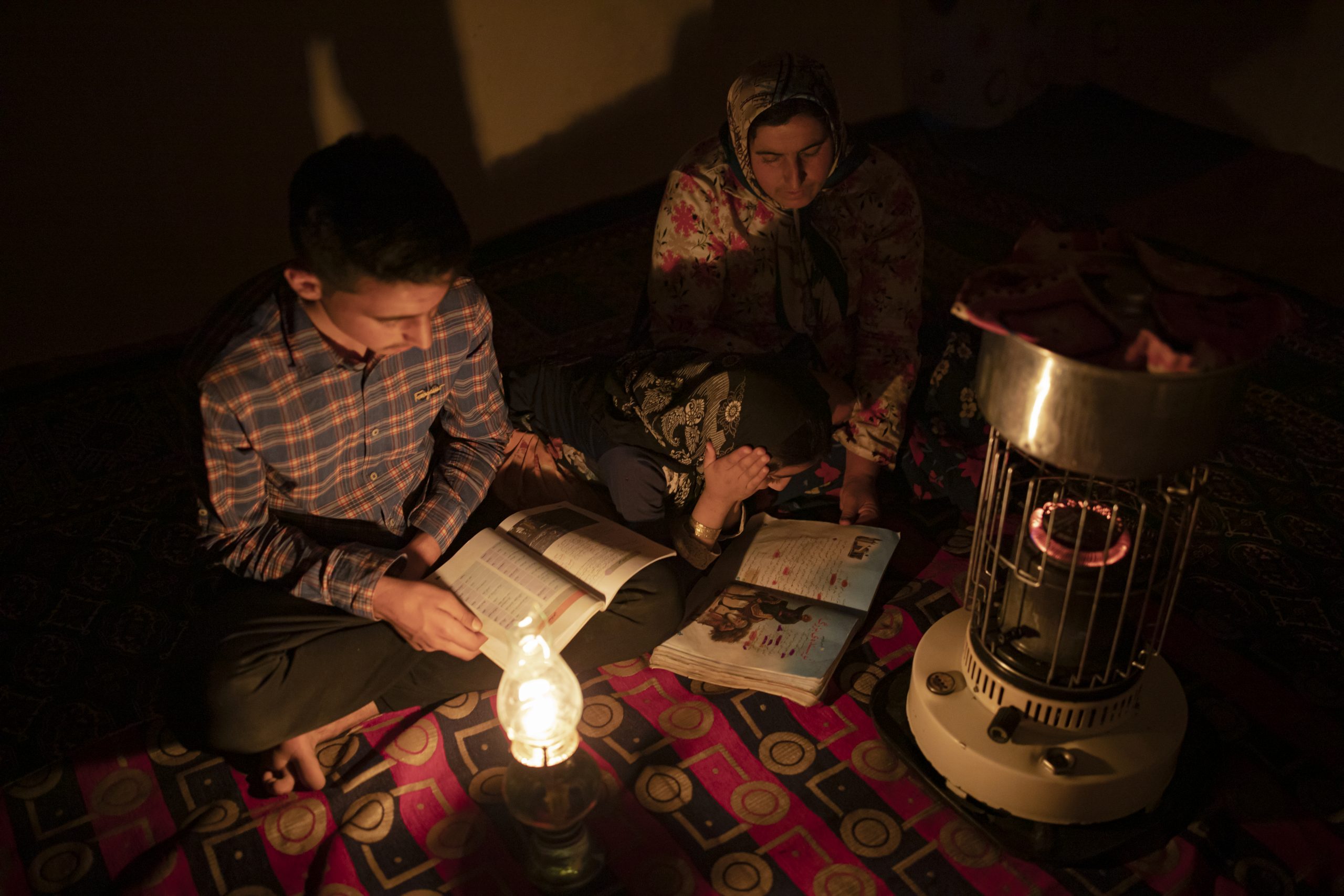
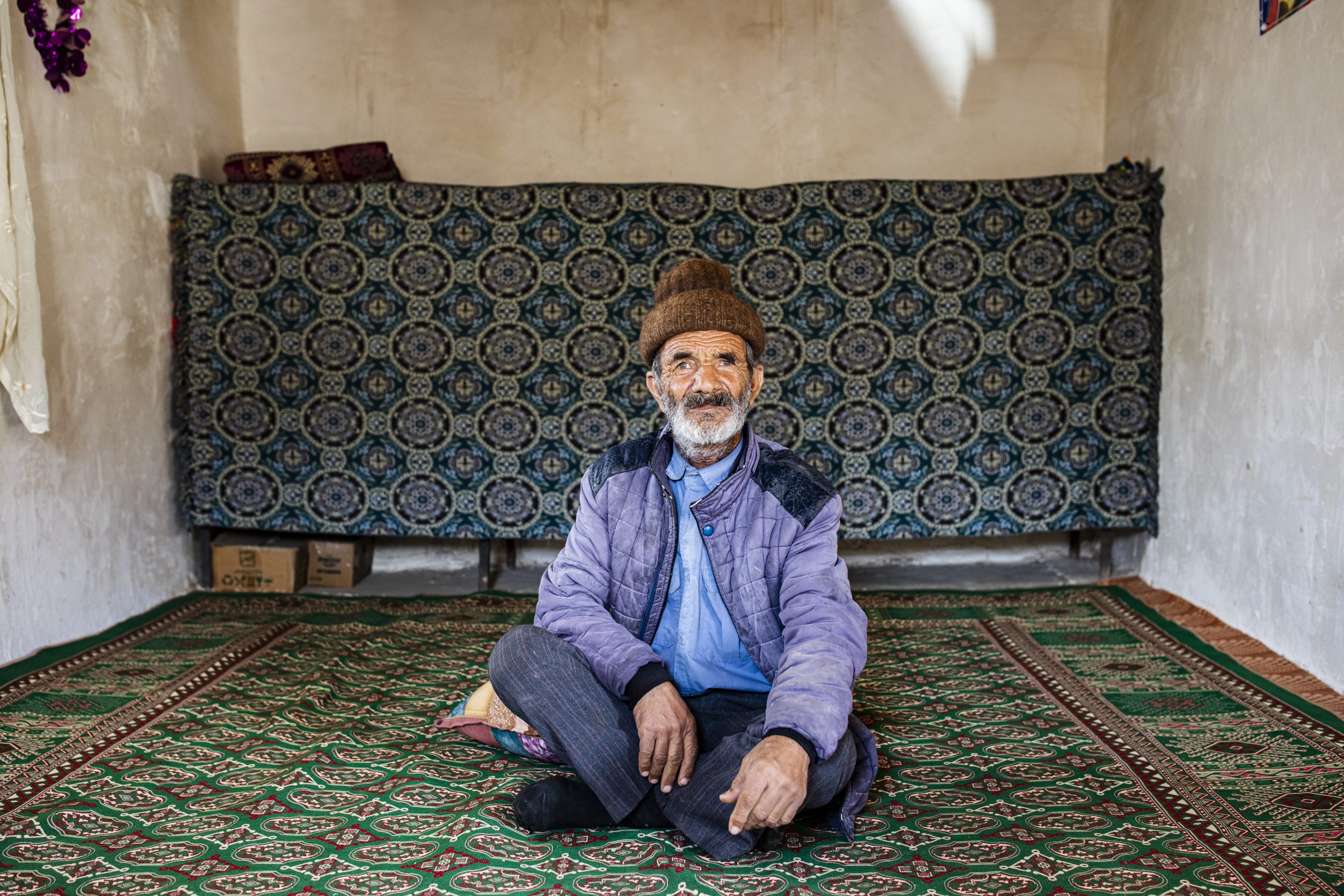
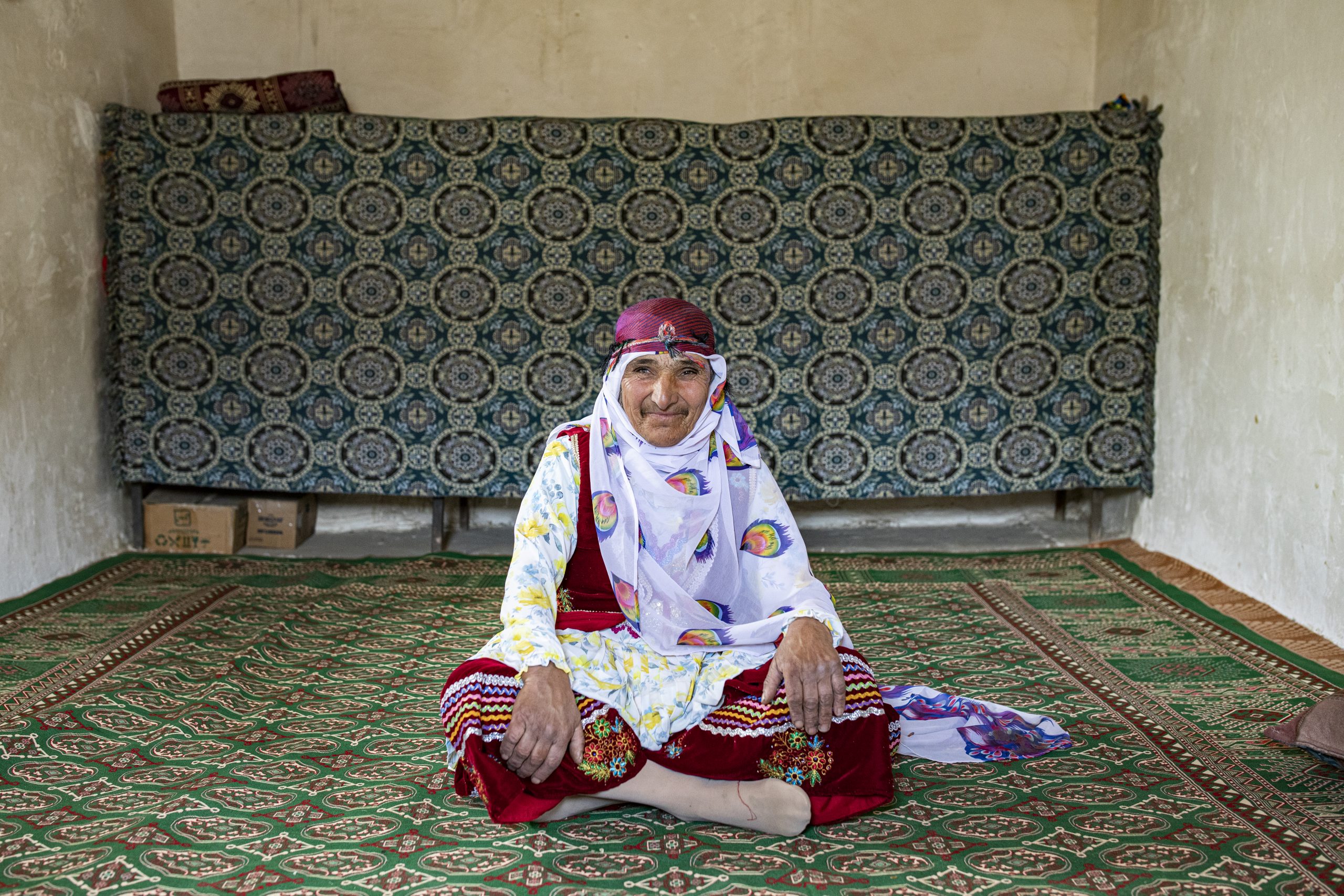
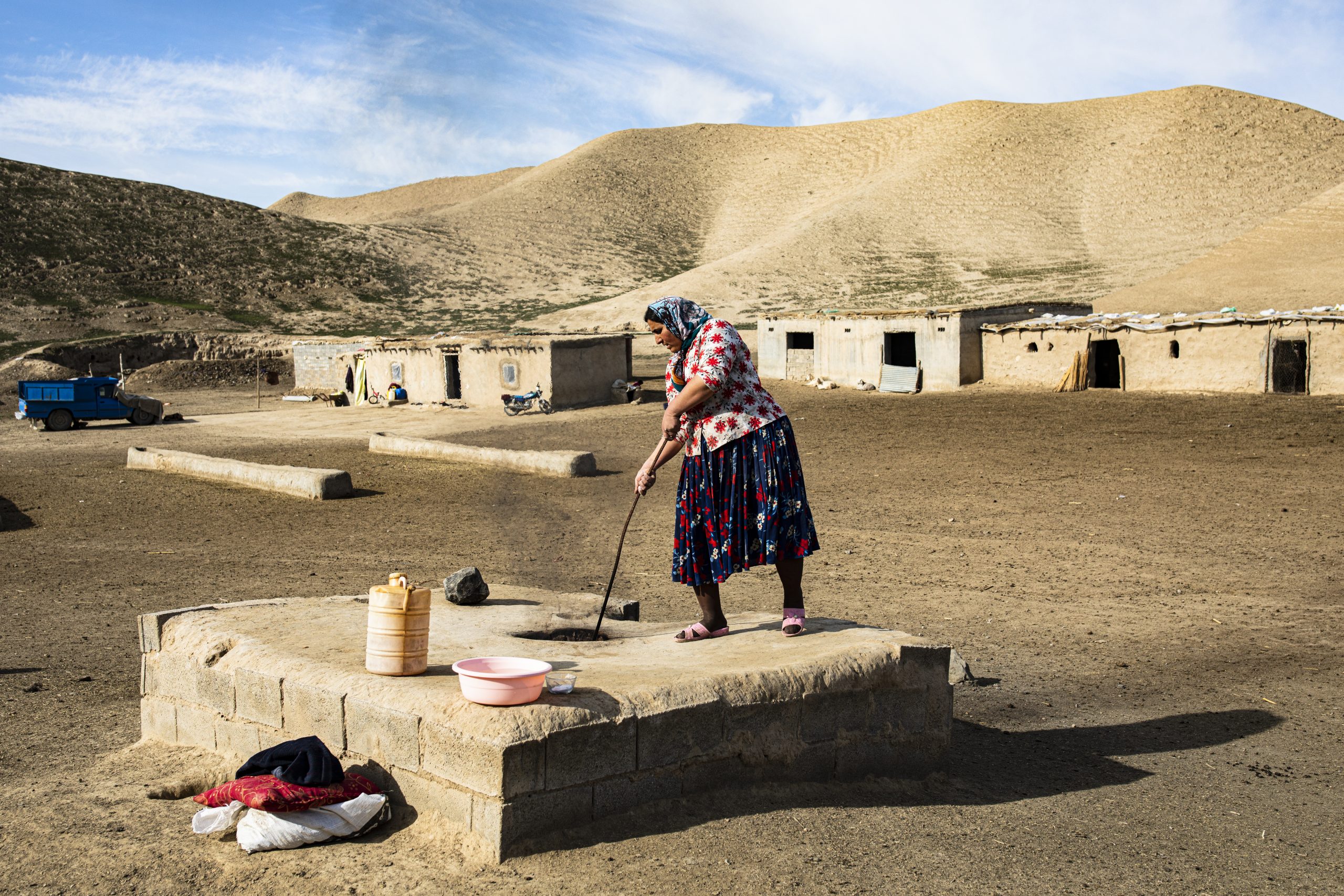
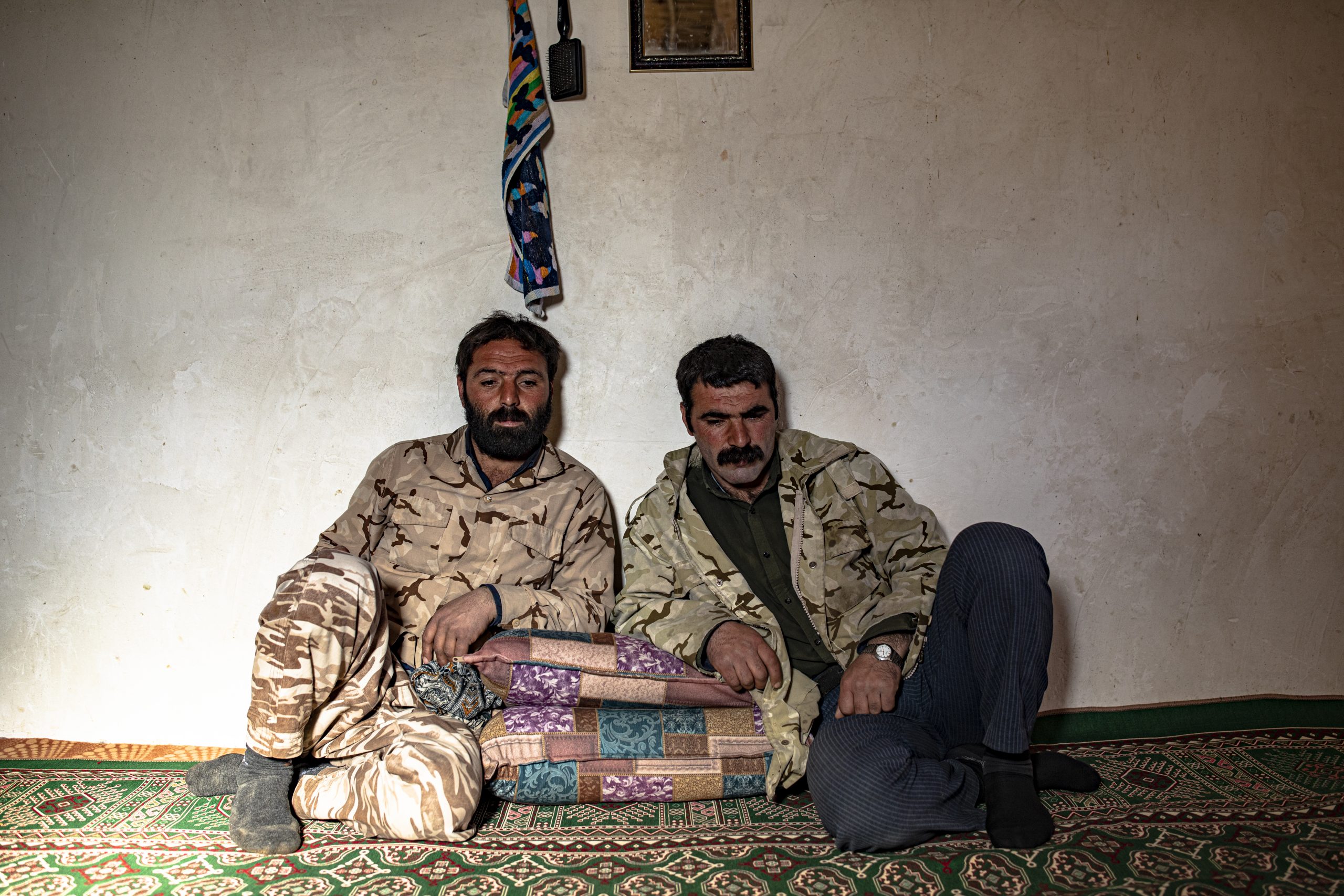
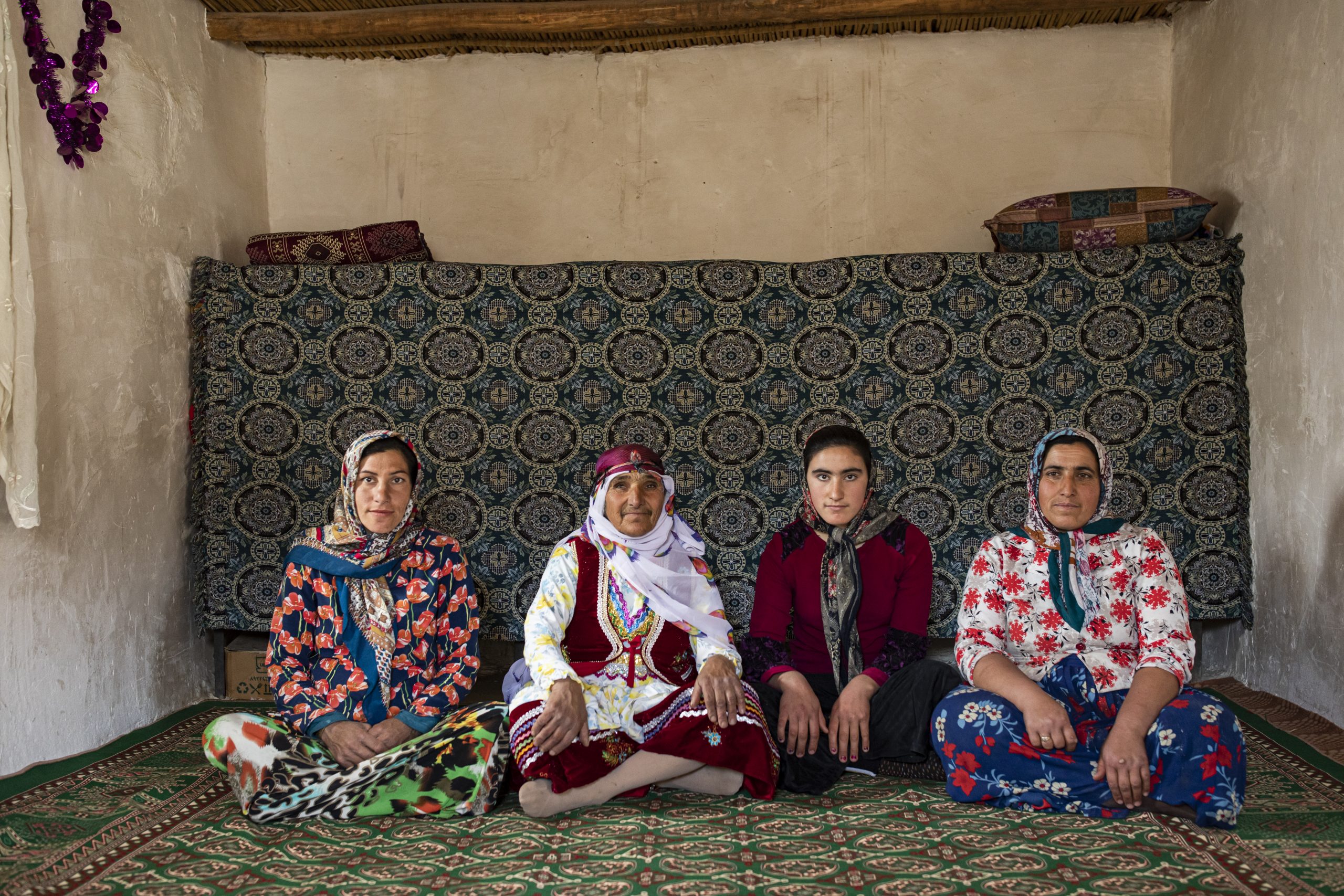
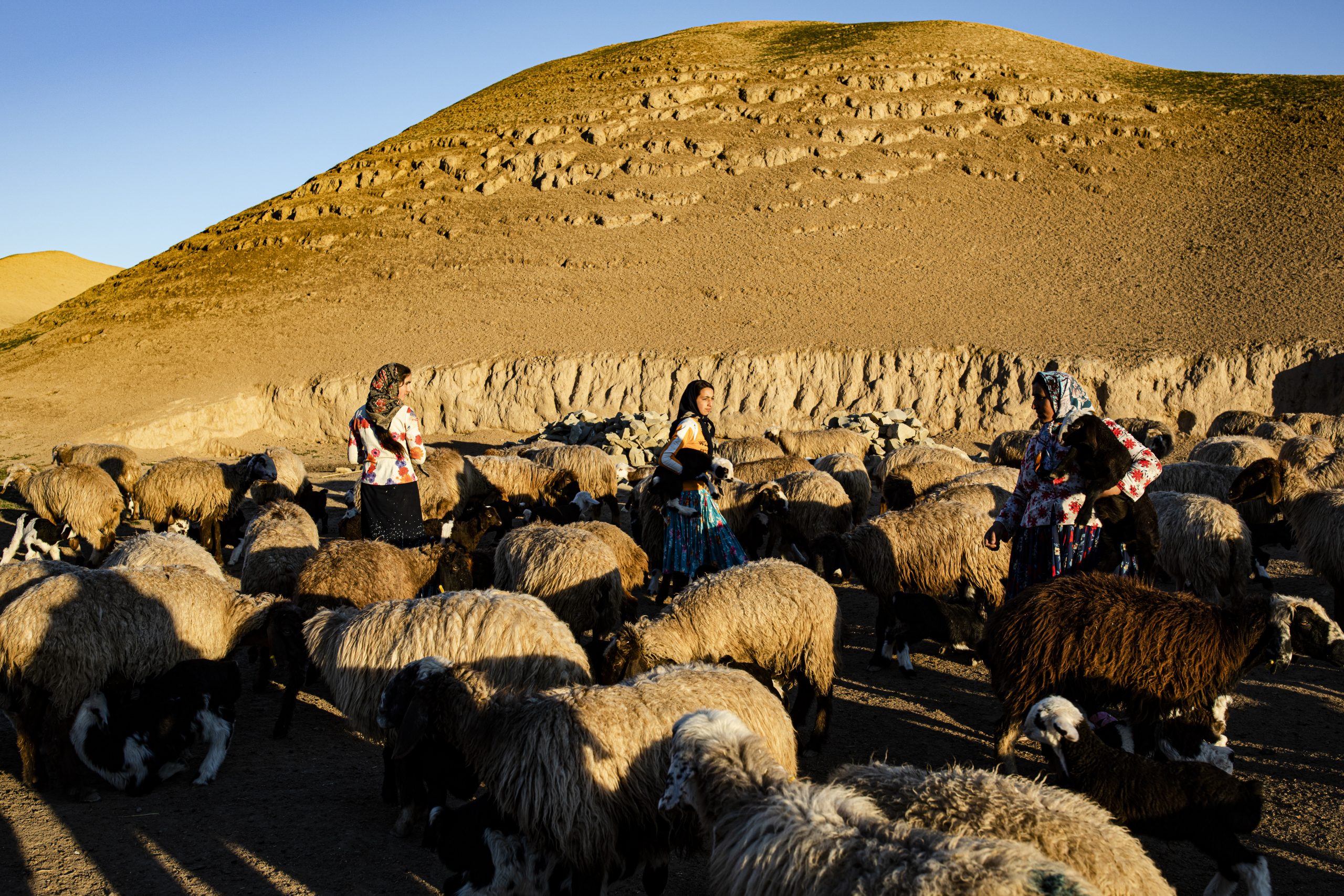

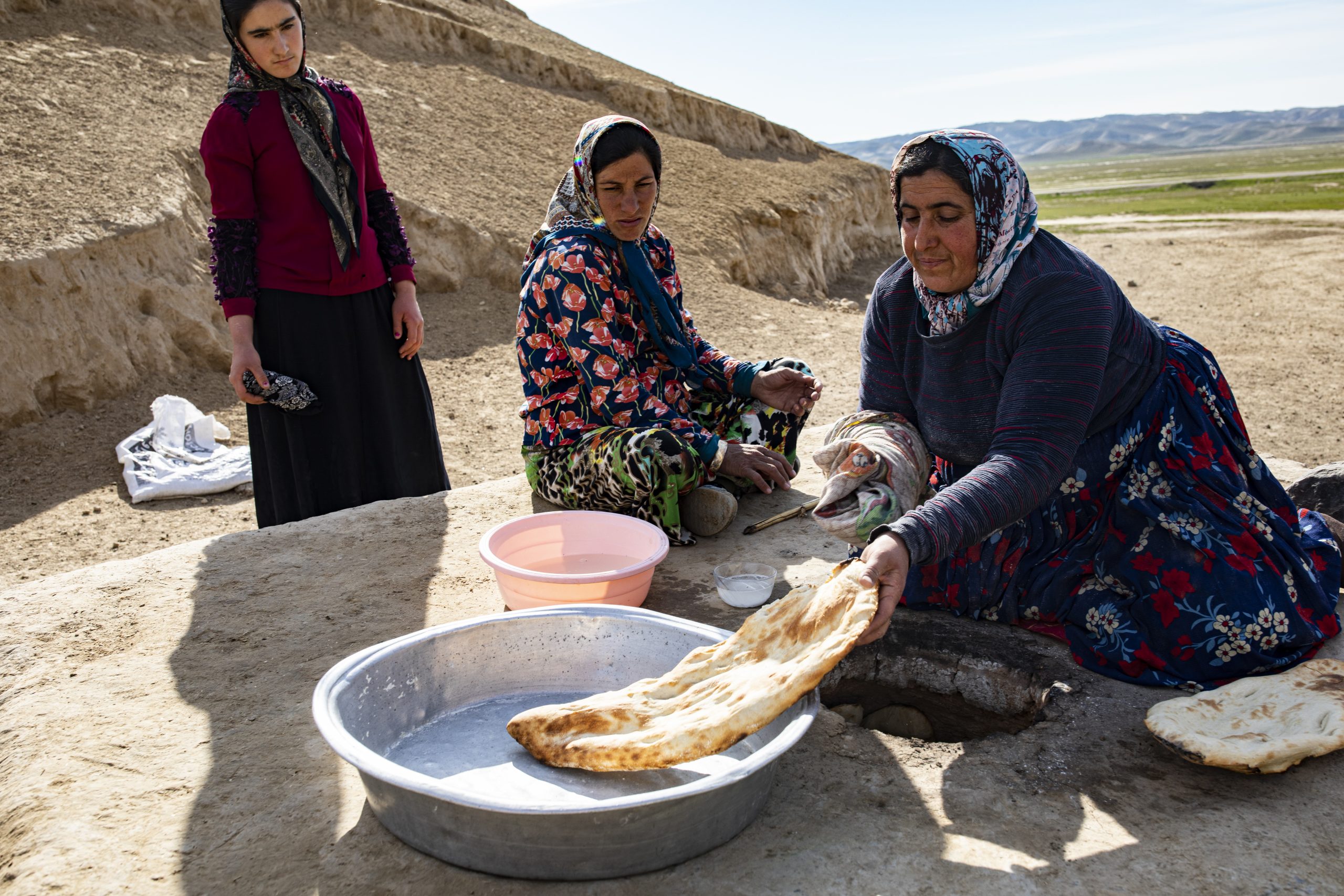
their behaviors have completely changed and most of them do not even know where their original birthplace was.

